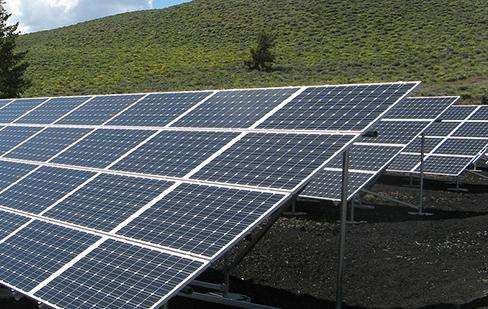First, the maximum dry density of cement-stabilized gravel should be measured only after it is known. Generally, it will be sent to a laboratory for measurement (you can view the inspection report). If conditions permit, you can also measure it yourself.
The calculation is as follows based on a cement content of 6%:
For example, the maximum dry density is 2.25 t/cube and the content in optimum humidity is 6%. Then
Water: 2.25*6%=135kg
Calculate the percentage of cement in the dry mix: 6/94*100=6.38%
< p>Then, gravel;2.25/(1+6.38%)=2115kg;Cement: 2115*6.38%=135kg.
Please note whether 6% is the cement content of the mix or the cement content of the aggregate; if it is the cement content of the mixture, the actual cement content is not 6%, but 6.38%. According to the specifications, stability of the cement. The dosage of cement in the material = ciment: dry aggregates if the cement dosage is 6%, the cement/gravel ratio must be = 6:100.
Gravel stabilized with cement; base
Cement: Gravel:gravel = 5:80:20
This is the mixing ratio of cement-stabilized gravel (called water-stabilized or water-stabilized gravel 'water) the most common. .
The proportional relationship is focused on the gravel: gravel=80:20, 80+20=100.
The cement has filled the voids and does not affect the volume.
So no more than 100%.
I hope you understand.
If you are unsure, you can continue to communicate.














